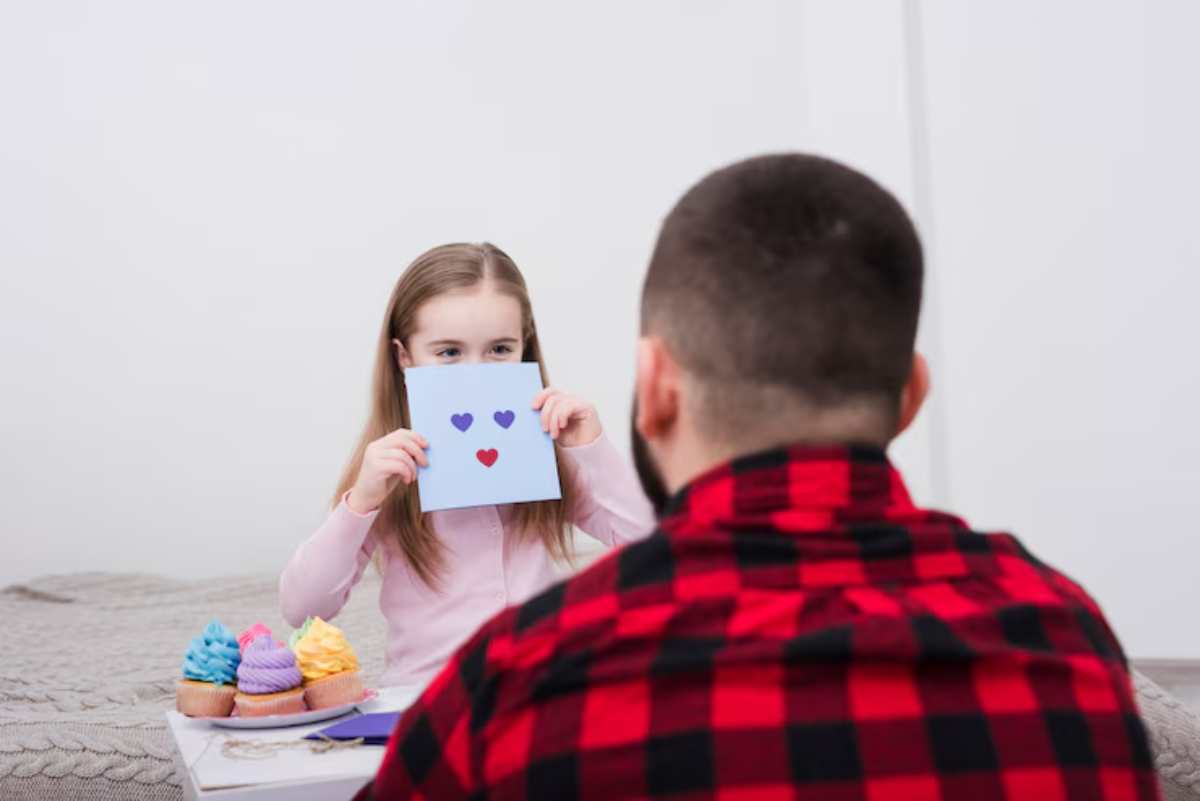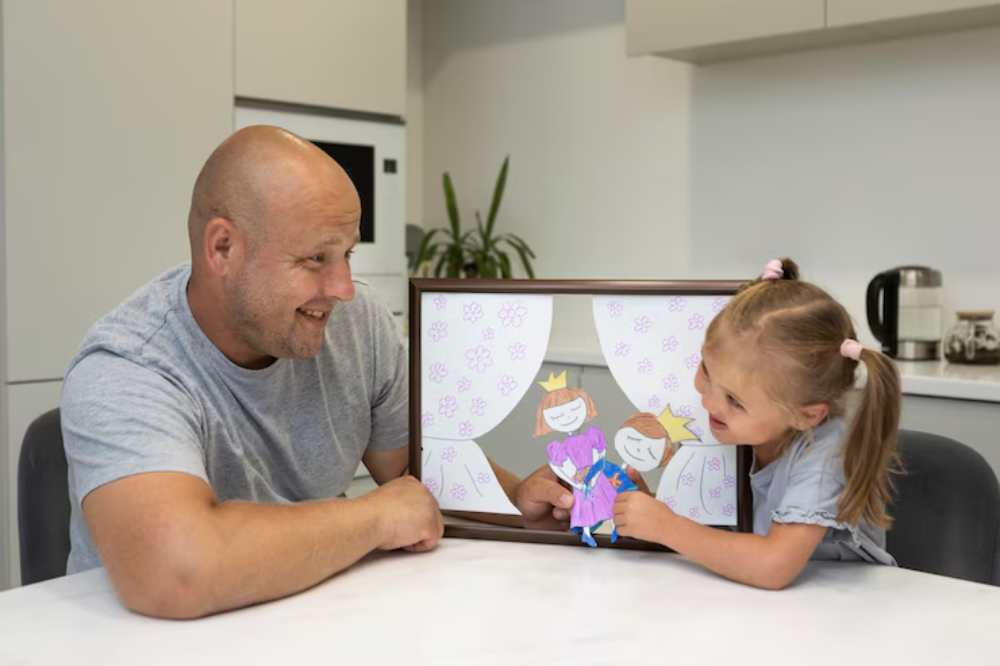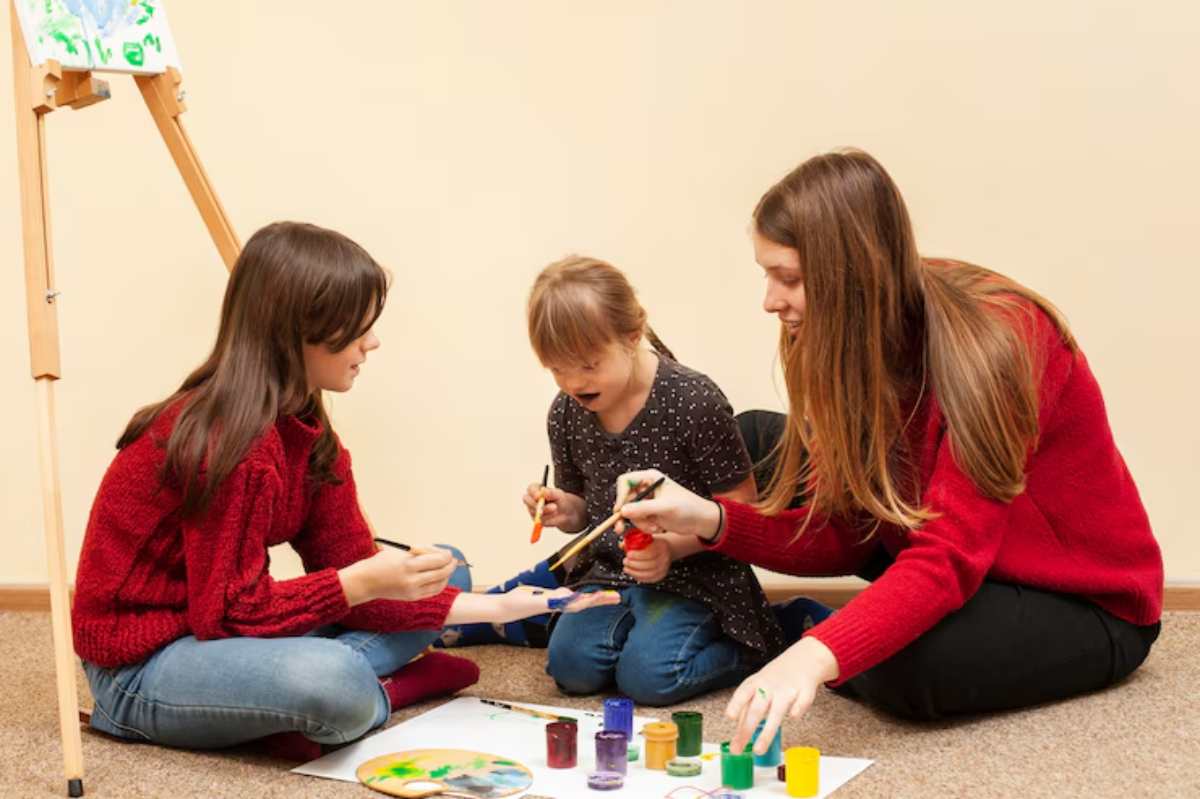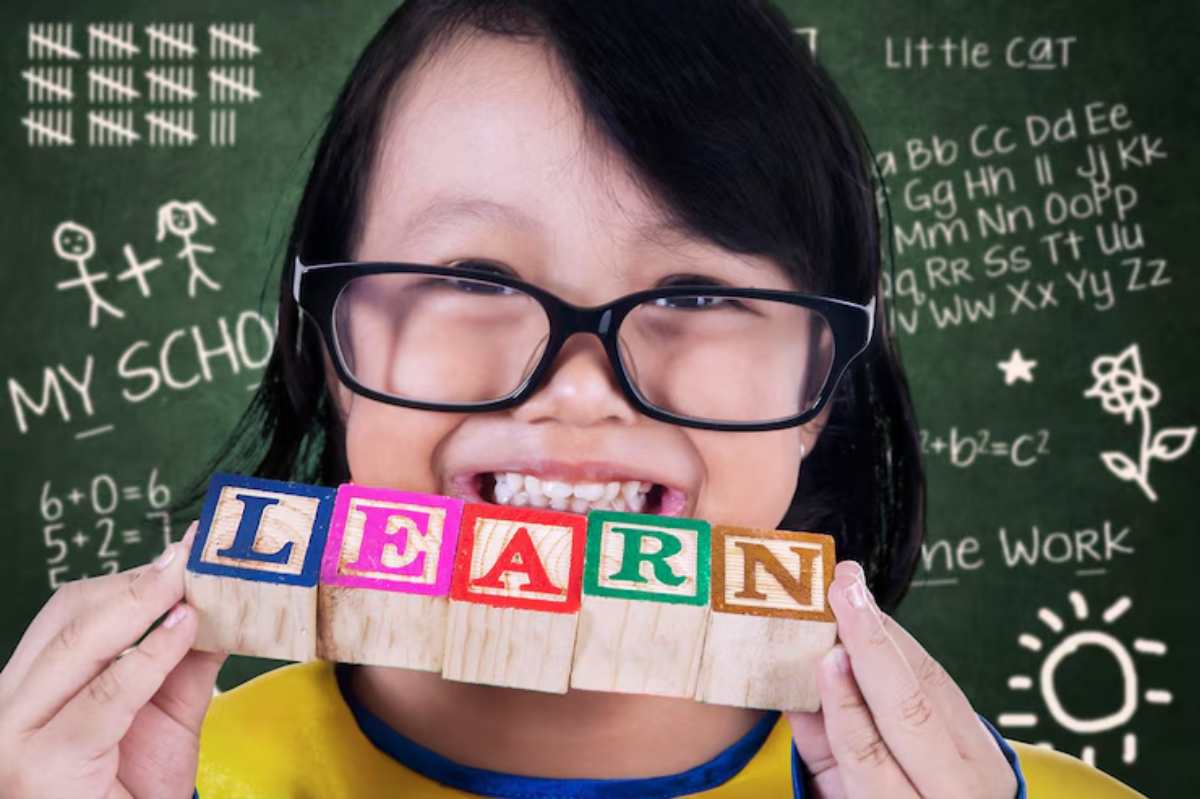
Modelling Emotional Intelligence as a Parent
Children don’t only learn from what we tell them — they take in how we live, interact and react to the world around us. Emotional intelligence (EI) is the ability to identify, comprehend, and regulate emotions. It is one of the essential life skills we need to teach our kids. But kids need to witness role models in order to cultivate it.
Modelling emotional intelligence as a parent takes more than staying calm when a tantrum erupts. It’s about showing compassion, handling irritation well, and creating a space where feelings are safe and respected. This blog explains why modelling emotional intelligence (EI) is important. You’ll learn the benefits for both parents and children. Plus, we’ll share expert tips to help strengthen your family’s emotional foundation.
Why It Matters
Emotional Role Modelling Sets the Tone
Children are keen observers. They learn from caregivers at a young age how to cope with their emotions. When a child watches a parent stay calm under stress, own up to mistakes, or share feelings respectfully, they often copy those behaviours.
Emotional Intelligence Begins at Home
Schools can teach emotional vocabulary and coping skills. However, daily emotional intelligence practice happens at home. It’s in how parents respond to conflict, celebrate joy, or manage disappointment. These moments shape a child’s emotional worldview.
The Parent-Child Emotional Loop
Children often mirror the emotional tone of their caregivers. If you respond to anger with anger or anxiety with panic, the cycle can escalate. Modelling calm and understanding helps your child feel secure. It also shows them how to manage their emotions.
Key Benefits

1. Builds Stronger Parent-Child Connections
Modelling emotional intelligence fosters trust and closeness. When children feel understood, they are more likely to open up, seek support, and communicate openly.
2. Improves Child Behaviour and Self-Regulation
Kids who see emotionally intelligent behaviour can control their impulses. They manage frustration better and treat others with respect. TThey’realso more resilient in the face of challenges.
3. Reduces Family Conflict

Families that model empathy and clear communication are less prone to shouting matches or power struggles. Emotional intelligence diffuses tension and encourages problem-solving rather than blame.
4. Encourages Healthy Social Development
Kids with emotionally smart role models tend to do better in friendships, school, and teams. They learn the value of listening, sharing, and resolving differences calmly.
Additional Expert Tips & Common Mistakes to Avoid
Effective Strategies for Modelling Emotional Intelligence
1. Name and Normalise Emotions
Use everyday moments to label your own feelings in age-appropriate ways. Example: “I’m feeling frustrated because I’m running late. I’m going to take a few deep breaths before we leave.”This shows that emotions are normal and manageable.
2. Reflect Before Reacting
When a situation triggers you, pause. Even a short moment of mindfulness can shift your response from reactive to thoughtful. Children watch closely how you handle pressure, conflict, or mistakes.
Try this approach:
- Pause
- Acknowledge your emotion internally
- Choose a calm response
3. Apologise and Repair When Needed
Emotional intelligence includes humility. If you lose your temper or say something hurtful, model accountability by apologising and explaining. “I’m sorry I raised my voice earlier. I was overwhelmed, but I should have handled it differently.”
4. Practice Empathy Daily
Show children how to consider other perspectives. Example: “Our brother seems sad that his toy broke. Let’s think of a way to help him feel better.”This builds a habit of compassion and relational awareness.
5. Create a Culture of Emotional Check-Ins
Regularly ask your child how they’re feeling and share how you’re doing too. This makes emotional communication a part of daily life rather than something reserved for major upsets.
Common Mistakes to Avoid
Suppressing or Hiding Emotions
Trying to appear “Always okay” teaches kids that emotions are a sign of weakness. Instead, show that it’s possible to feel sad, anxious, or upset—and still act responsibly.
Using Guilt or Shame as Tools
Phrases like “You made me upset” or “You should know better” place emotional responsibility on the child and can harm trust. Stick to statements and focus on behaviour, not character.
Expecting Perfection—from Yourself or Your Child
Emotional intelligence is not about always being calm or saying the right thing. It’s about awareness, effort, and repair. Perfection isn’t the goal—growth is.
Advanced Insights and Expert Recommendations
EI Starts with Self-Awareness
Before teaching your child about emotional intelligence, check your own emotional habits.
- Do you tend to bottle up your feelings or vent impulsively?
- Are there specific situations that trigger you more than others?
Journaling or speaking with a therapist can help uncover patterns and build more mindful responses.
Understand Your Child’sTemperament
Each child is different. Some are naturally more sensitive or intense than others. Modelling emotional intelligence means changing your approach based on your child’s feelings.
For example:
- A highly sensitive child may need more reassurance and gentler corrections
- A strong-willed child may benefit from collaborative problem-solving
Practice Emotional Coaching, Not Controlling
Your job isn’t to fix your child’s feelings but to guide them in understanding and processing them.
- Step 1: Empathise (“That sounds really upsetting.”)
- Step 2: Label the emotion (“You’re feeling angry because your toy broke.”)
- Step 3: Offer choices for next steps (“Would you like help fixing it or to take a break first?”
Use Real-Life Challenges as Teaching Opportunities
Every day challenges, like losing a game or handling a sibling conflict, show us how to use emotional intelligence. Talk through your thinking aloud: “I feel disappointed, but I know this feeling will pass. I’m going to focus on what I can do next.”
Prioritise Emotional Literacy Alongside Academics
It’s easy to focus on grades, activities, and performance, It’s emotional literacy is just as important. Celebrate progress in emotional growth just as you would an A on a test or a win in sports.
Raising Emotionally Intelligent Families
The best way to raise strong, confident, and caring children is to show emotional intelligence as a parent. When kids see compassion, accountability, and calm often, they are more likely to adopt those traits.
It does not matter how perfectly you do this process. It requires awareness, consistency, and a willingness to grow together. Every emotional exchange, whether a small argument or a big change, is a chance to teach your child important skills for life.
Focusing on emotional intelligence in parenting allows you to build a stronger bond with your child. It also gives them the skills to handle life with empathy, self-control, and confidence. And that is a legacy worth building.


